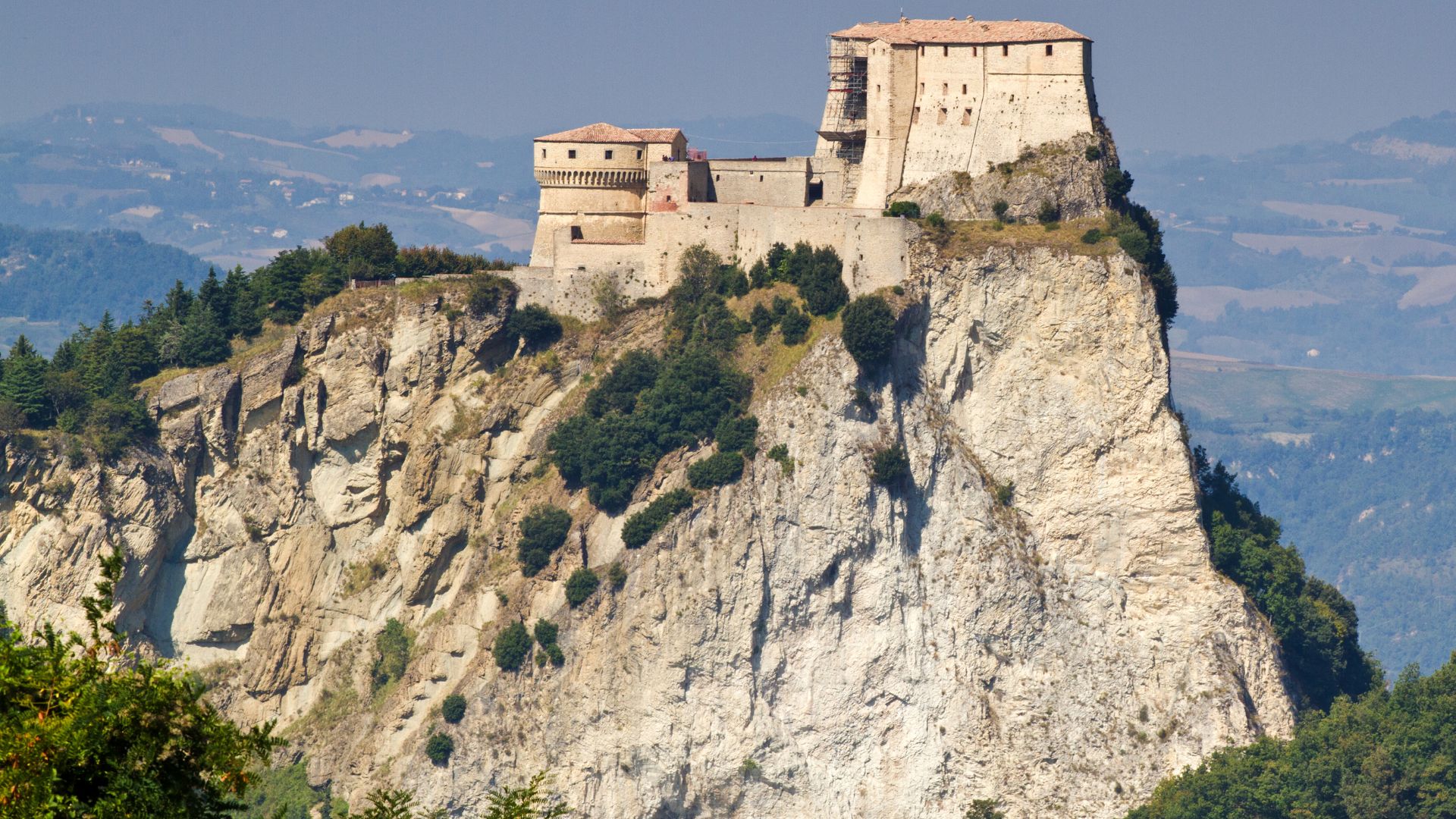Tucked away between the Adriatic Sea and the Apennine Mountains lies Le Marche, a region that captures Italy’s essence without the crowds of Tuscany or the Amalfi Coast. I discovered this hidden gem during my travels last year and was instantly captivated by its perfect blend of everything that makes Italy special.
Le Marche offers travelers a rare glimpse of authentic Italian life. You can find medieval hilltop towns, pristine beaches, rolling vineyards, and Renaissance treasures like UNESCO-listed Urbino, all without the tourist crowds found in more famous Italian destinations.
From my first morning waking up in a restored farmhouse surrounded by sunflower fields to evenings spent in lively piazzas sipping local Verdicchio wine, Le Marche felt like stepping into the Italy of dreams. The region stretches from snow-capped mountains to golden beaches, with nearly 100 miles of coastline dotted with hidden coves and blue-flag shores.
What makes Le Marche, Italy’s true best-kept secret, isn’t just its stunning landscapes or preserved medieval villages, but how it delivers the complete Italian experience in one uncrowded region.
Here, traditions remain alive in family-run trattorias serving hand-rolled pasta, artisan workshops crafting leather goods, and festivals celebrating centuries-old customs. Whether you’re seeking adventure in the wild Sibillini Mountains or cultural immersion in Renaissance palaces, Le Marche rewards those willing to venture beyond Italy’s usual tourist trail.
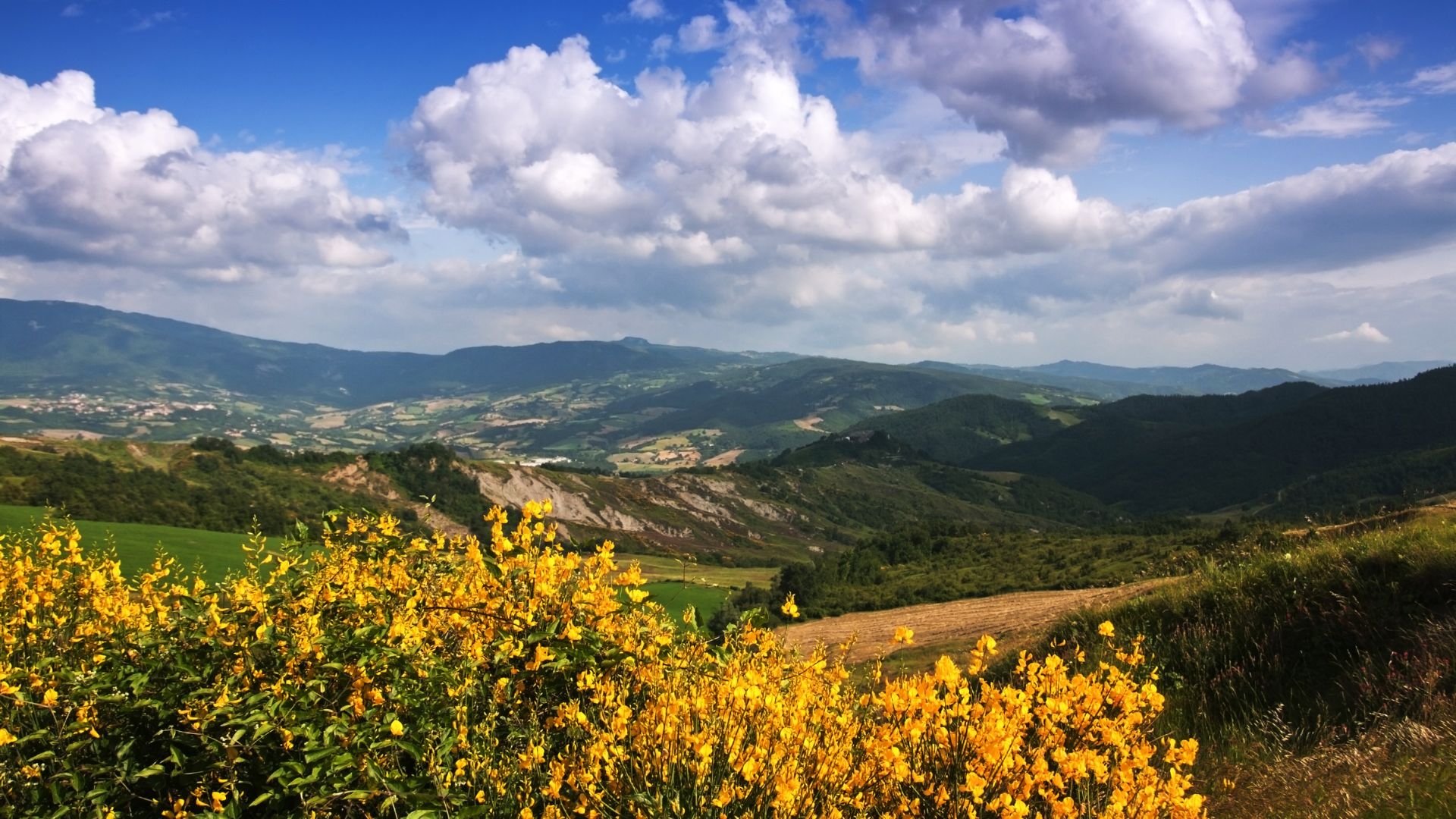
Discovering Le Marche: A Hidden Gem of Italy
Le Marche offers a perfect blend of Italy’s best features without the tourist crowds. This enchanting region nestles between the Apennine Mountains and the Adriatic Sea, showcasing everything from pristine beaches to historic Renaissance towns.
The Enchantment of the Adriatic Coast
The coastline of Le Marche stretches for nearly 180 kilometers along the Adriatic Sea, offering some of Italy’s most beautiful and unspoiled beaches. I found the Conero Riviera particularly stunning, with its dramatic white cliffs plunging into turquoise waters.
Unlike the packed beaches of Tuscany, here you can still find peaceful coves and charming fishing villages. The seaside town of Sirolo captured my heart with its narrow streets and breathtaking views.
For families, the gentle sandy beaches of Senigallia provide the perfect playground. The water gradually deepens, making it ideal for children to splash safely.
Don’t miss trying the fresh seafood at local restaurants. My favorite coastal meal was brodetto, a rich fish stew that varies slightly from town to town along the coast.
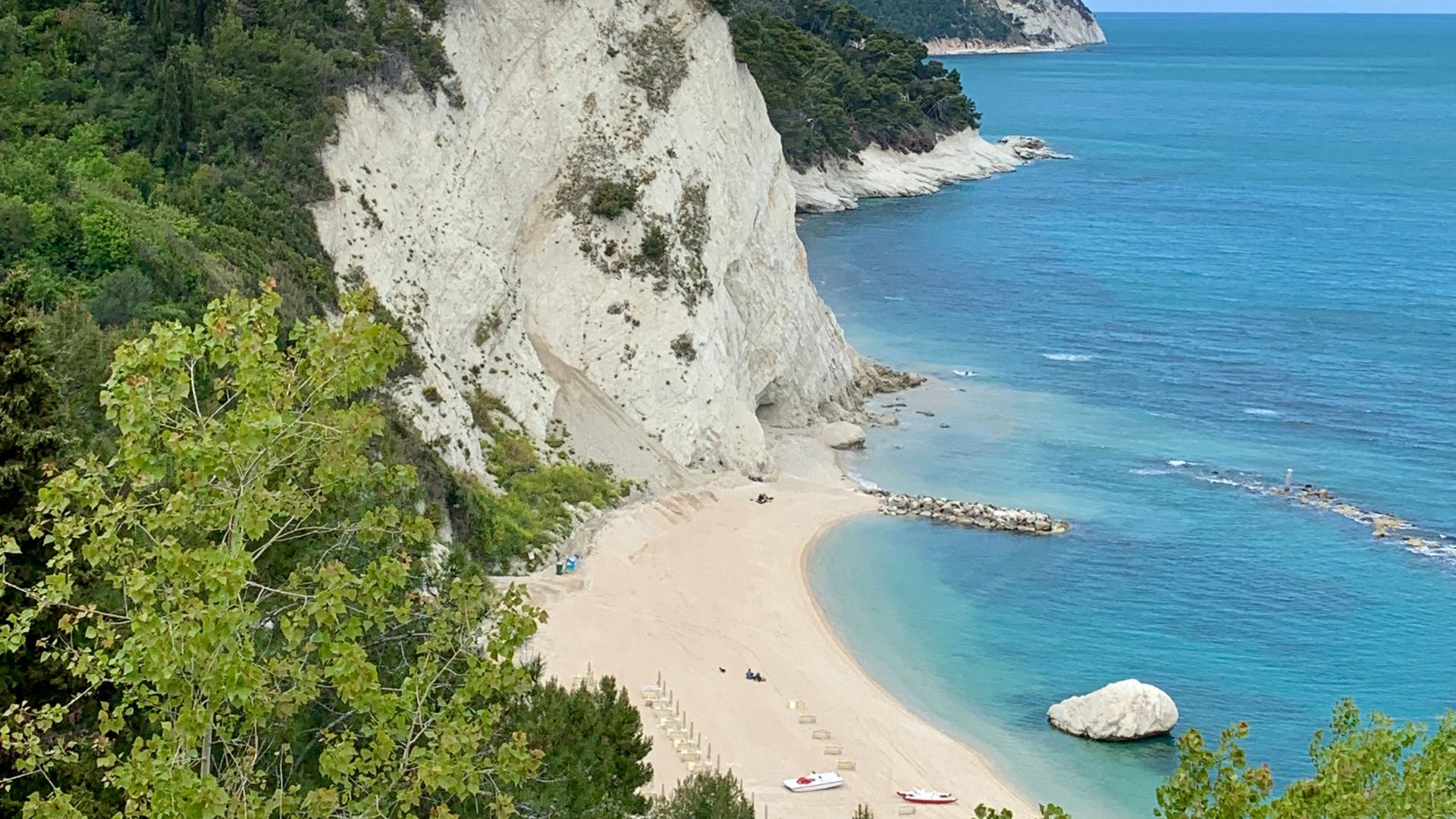
Historical Towns and Renaissance Splendors
Urbino stands as Le Marche’s crown jewel of Renaissance architecture. This UNESCO World Heritage site was the birthplace of Raphael and home to one of Italy’s most magnificent ducal palaces. Walking through its perfectly preserved streets feels like stepping back in time.
I was amazed by the fortified town of Gradara, whose medieval castle holds the legendary love story of Paolo and Francesca, immortalized in Dante’s Divine Comedy.
The region boasts numerous picturesque hilltop towns. Ascoli Piceno charmed me with its Renaissance piazzas built of travertine marble that glows golden at sunset.
Le Marche’s historical significance rivals Tuscany’s, yet you’ll explore these treasures without fighting through crowds. Many towns host lively seasonal festivals celebrating traditions dating back centuries.
The region’s museums house remarkable artworks by Piero della Francesca, Carlo Crivelli, and other masters, often displayed in the original churches they were created for.
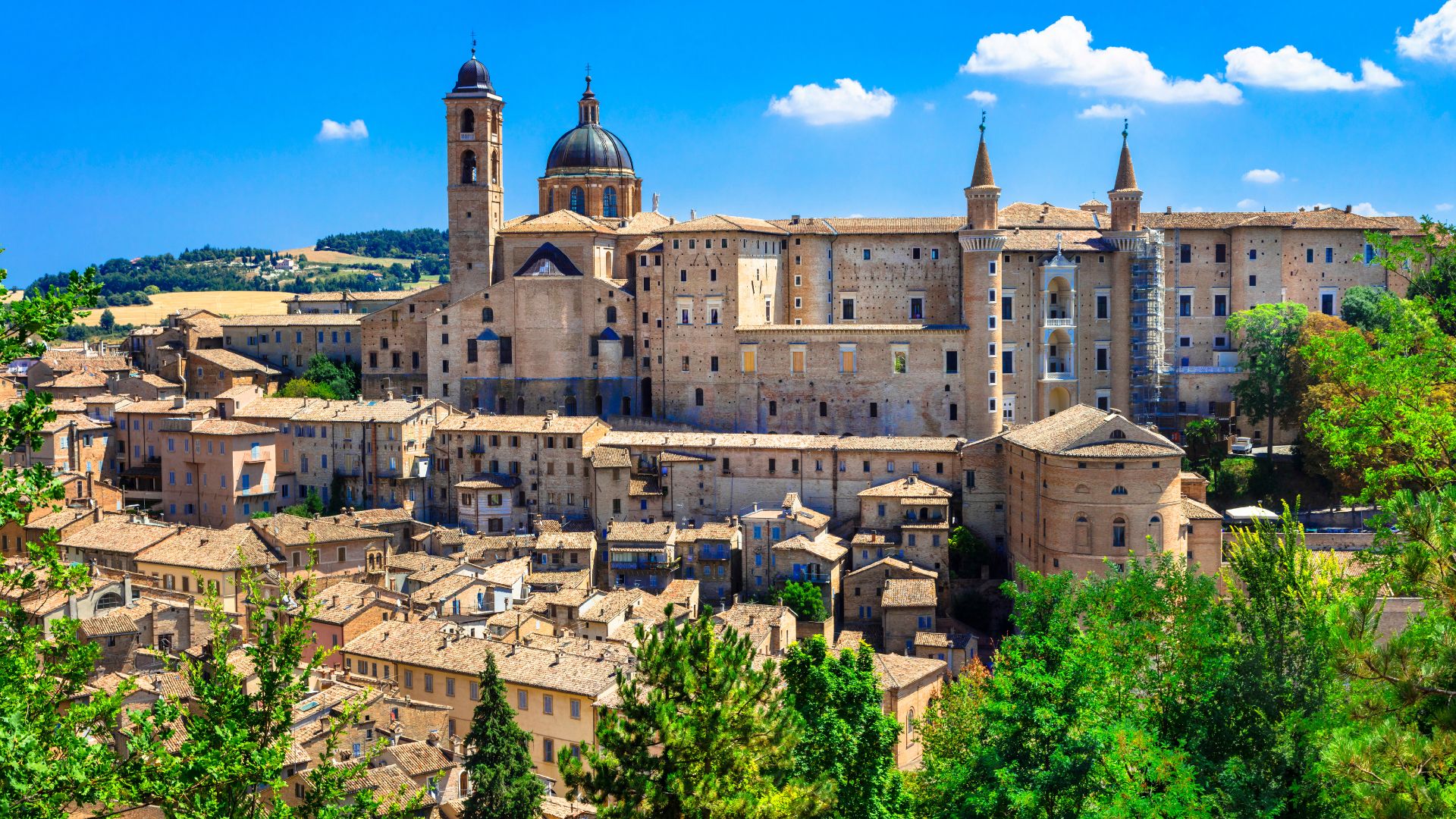
Exploring the Urban Marvels: Ancona to Urbino
Le Marche’s cities offer a perfect blend of history, art, and authentic Italian culture without the crowds you’d find in more touristy regions. Each urban center has its distinct personality waiting to be discovered.
Ancona: A Coastal Hub with Rich Heritage
Perched on the Adriatic coast, Ancona surprised me with its dual identity as both a working port and a historical treasure. The city’s heart reveals layers of history spanning millennia. I was captivated by the Cathedral of San Ciriaco, dramatically positioned on Guasco Hill with sweeping sea views that took my breath away.
Walking along the port, I discovered the imposing Arch of Trajan, an impressive Roman monument that has withstood the test of time since 115 AD. It stands as a testament to the city’s strategic importance throughout history.
For the best local experience, I recommend spending time in Piazza del Plebiscito (also called Piazza del Papa). This lively square comes alive in the evenings when locals gather for aperitivo at the surrounding cafés.
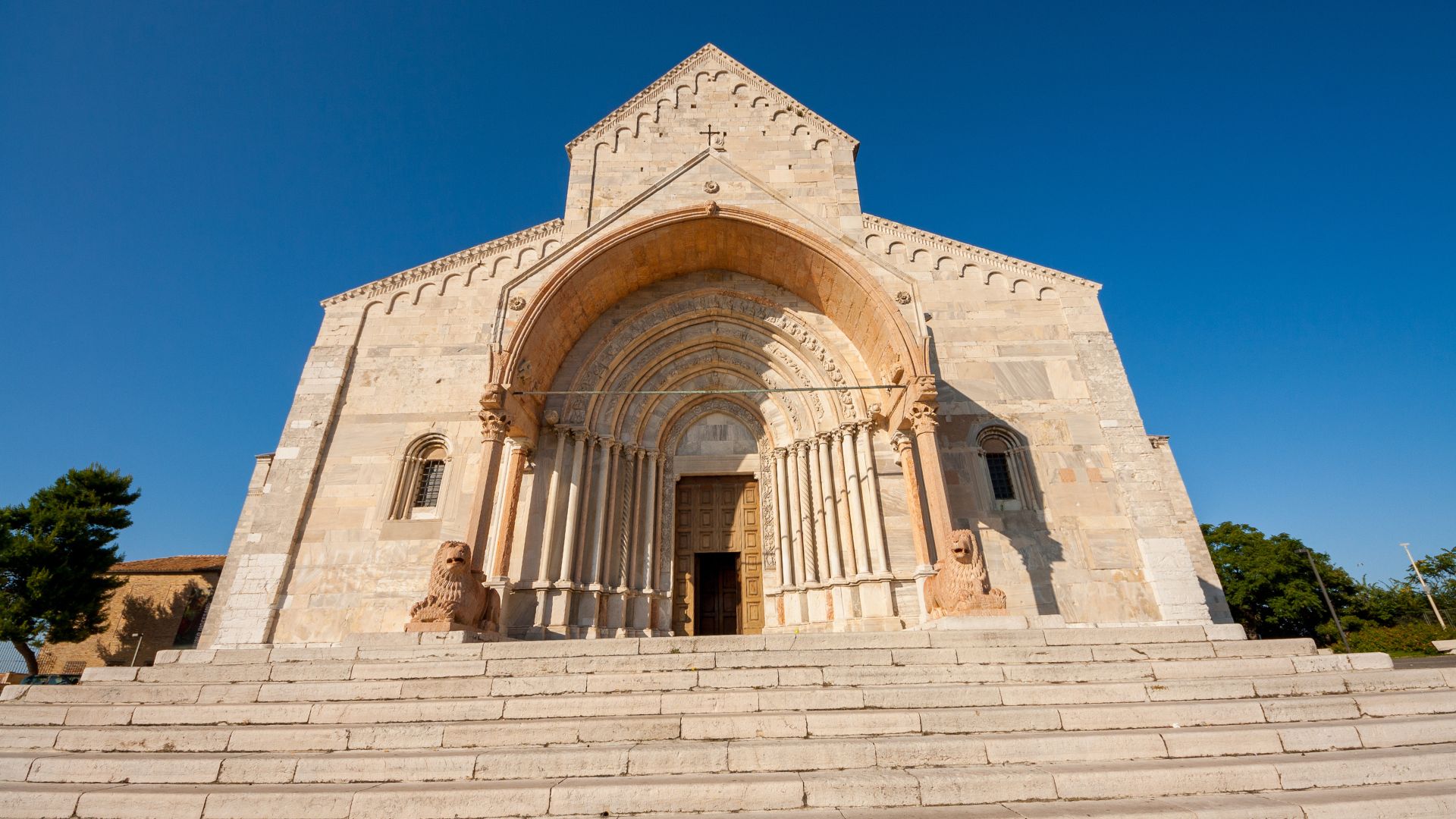
Urbino: The Cradle of Renaissance Art
Stepping into Urbino feels like traveling back to the 15th century. This UNESCO World Heritage site captivated me with its perfectly preserved Renaissance atmosphere. The jewel in Urbino’s crown is undoubtedly the Palazzo Ducale, a masterpiece of Renaissance architecture that houses the remarkable Galleria Nazionale delle Marche.
Inside, I wandered through rooms adorned with works by Raphael (who was born here), Piero della Francesca, and Titian. The famous studiolo with its intricate wood inlays left me speechless.
The town’s narrow, winding streets invite exploration, with unexpected views around every corner. Don’t miss climbing to the fortified walls for panoramic vistas over the rolling countryside—a perfect reminder of why Le Marche steals so many travelers’ hearts.
Ascoli Piceno: Architectural Wonders in Stone
Ascoli Piceno stole my heart with its travertine marble splendor. The historic center is almost entirely built from this luminous stone, giving the city a distinctive golden glow at sunset that photographers will adore.
Piazza del Popolo stands as one of Italy’s most beautiful squares, ringed by elegant porticoes and the impressive Church of San Francesco. I spent hours at a café here, simply watching local life unfold beneath Renaissance loggias.
Don’t leave without trying the local specialty, olive all’ascolana—large green olives stuffed with meat, breaded and fried to perfection. I paired mine with a glass of crisp Pecorino wine at a traditional trattoria just off the main square.
The town’s medieval bridges spanning the Tronto River offer charming views and perfect photo opportunities that capture the essence of this underappreciated gem.
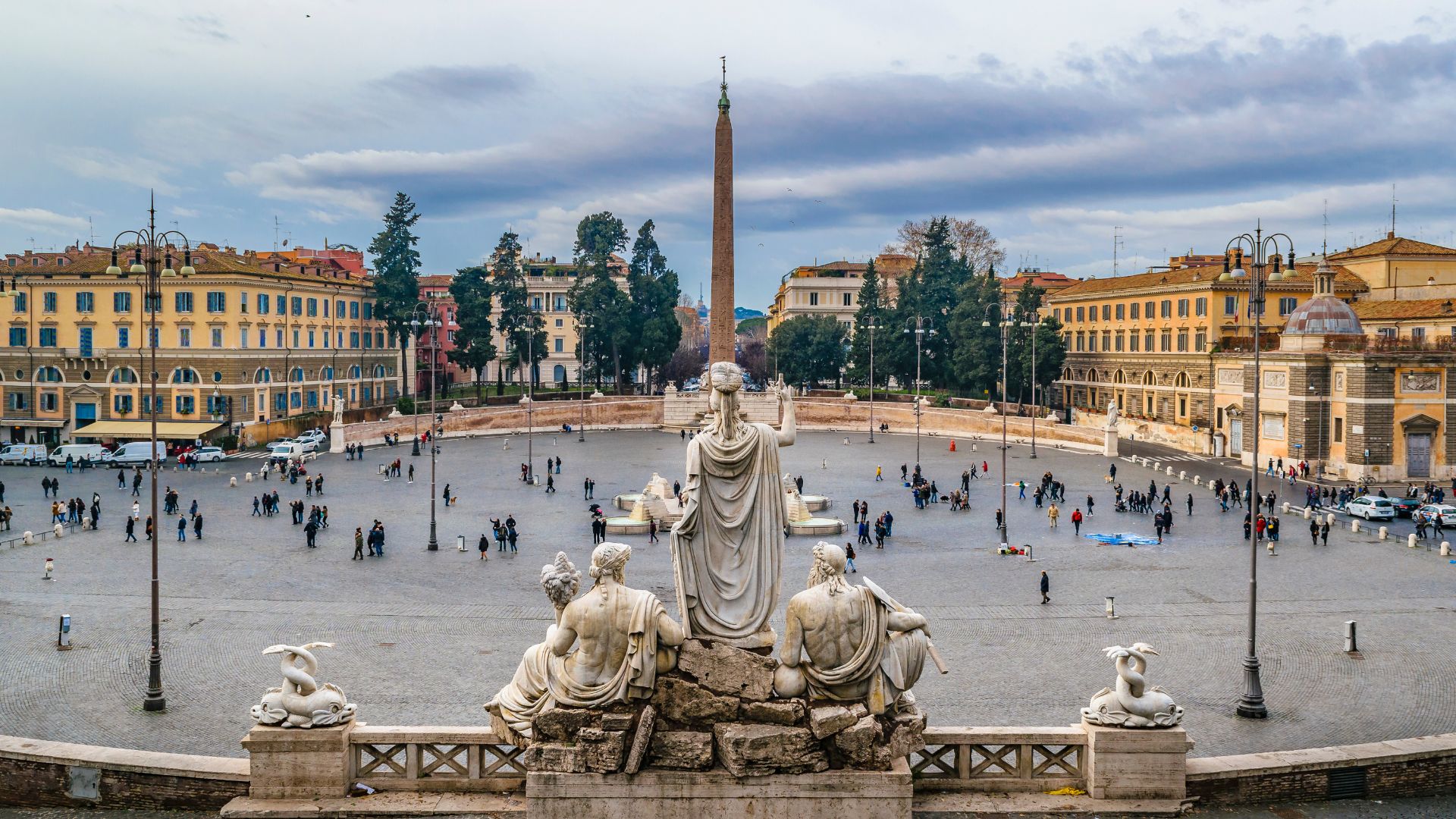
Natural Wonders: Beaches and National Parks
Le Marche offers some of Italy’s most stunning natural landscapes, from pristine beaches along the Adriatic coast to mountainous national parks and underground cave systems that will take your breath away.
Serene Beaches along the Adriatic Riviera
I’ve spent countless summer days exploring Le Marche’s coastline, and it never disappoints. The region boasts nearly 180 kilometers of sandy shores with crystal-clear waters that are surprisingly uncrowded compared to Italy’s more famous beaches.
Portonovo Beach near Ancona is my favorite hidden gem, nestled within a protected bay surrounded by Mount Conero’s lush greenery. The contrast between turquoise waters and white pebble beaches is simply stunning.
Sirolo and Numana offer some of the most picturesque beaches I’ve discovered, with dramatic cliffs providing a spectacular backdrop. Many beaches here have earned the prestigious “Blue Flag” status for their cleanliness and water quality.
For families, I recommend Senigallia with its famous “velvet beach” of fine golden sand that stretches for miles. The gentle slope into the water makes it perfect for children.
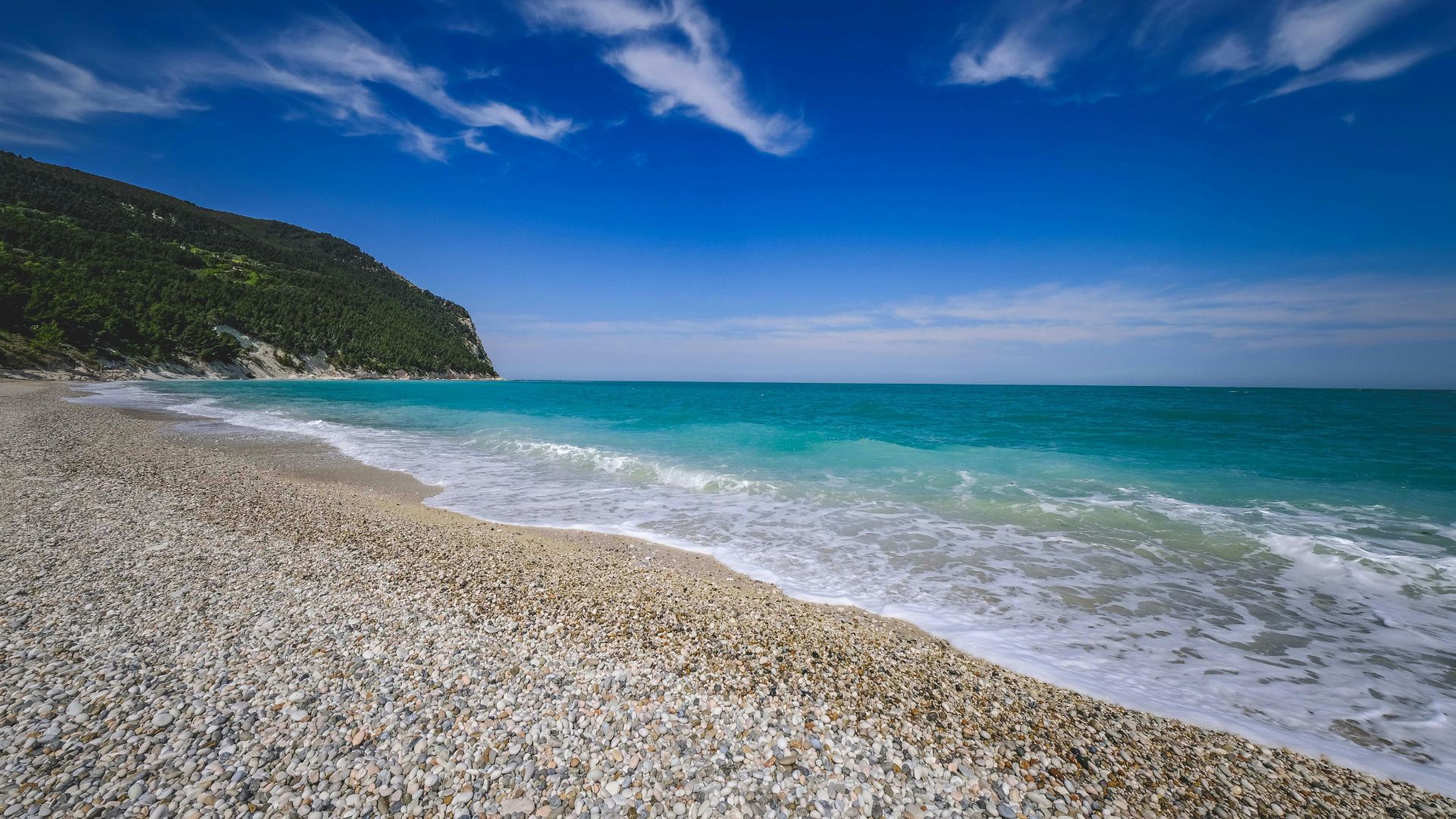
Sibillini National Park: A Majestic Green Heart
The Monti Sibillini National Park is where I go when I need to reconnect with nature. This mountainous paradise spans over 70,000 hectares with peaks reaching nearly 2,500 meters.
Hiking through wildflower-filled meadows in spring is an experience I’ll never forget. The park offers trails for all difficulty levels, from gentle walks to challenging mountain climbs.
Lake Fiastra’s turquoise waters provide a refreshing swimming spot after a day of hiking. I’ve spent hours kayaking here, surrounded by mountain reflections on the calm surface.
Wildlife enthusiasts will spot golden eagles, wolves, and wild boar if you’re patient and quiet. The park is also home to rare plant species that burst into color during different seasons.
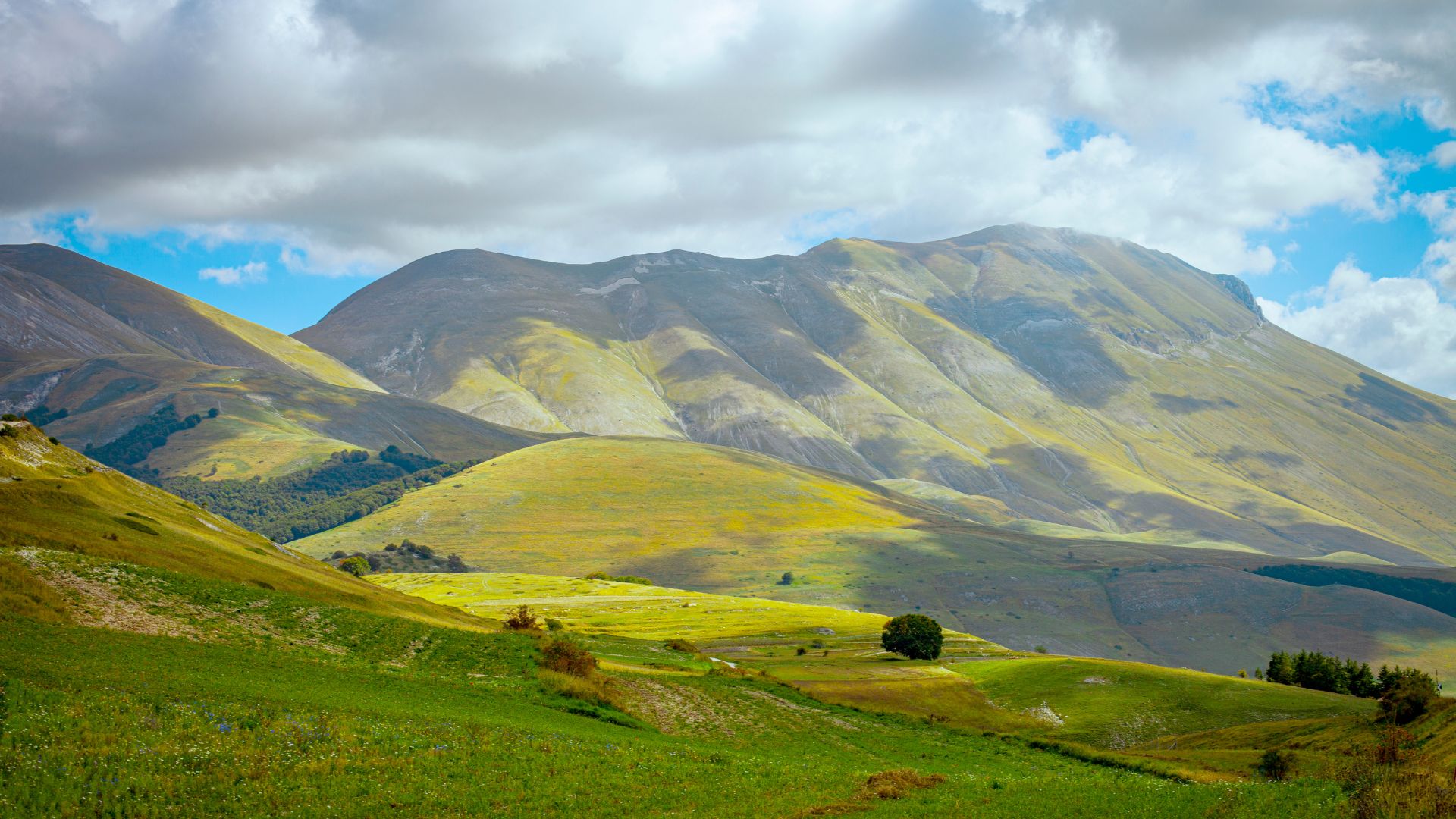
The Grottos of Frasassi: An Underground Wonderland
My first visit to the Frasassi Caves left me speechless. These massive limestone caverns, discovered in 1971, are among Europe’s most spectacular underground formations.
The main chamber, Ancona Abyss, is so vast it could contain Milan’s entire cathedral. Stalactites and stalagmites create otherworldly formations that have been growing for millions of years.
I recommend taking the guided tour that explains how these natural sculptures formed. The lighting system beautifully highlights the crystal formations and underground lakes.
The constant 14°C temperature makes this a perfect year-round attraction. I especially appreciate visiting during summer when it offers a cool escape from the heat above ground.
A Taste of Le Marche: Gastronomy and Viticulture
Le Marche’s cuisine celebrates simplicity with exceptional ingredients, creating flavors that tell stories of this hidden Italian gem. The region’s food and wine scene balances coastal seafood treasures with hearty inland fare, all paired perfectly with local wines that deserve more recognition on the world stage.
Wine Tasting: Savoring Rosso Conero and Beyond
I discovered that Le Marche’s viticulture is truly something special. The region boasts several DOC (Denominazione di Origine Controllata) wines that showcase the unique terroir. Verdicchio, a crisp white wine with almond notes, is perhaps the most famous, particularly from the Castelli di Jesi area.
For red wine lovers, the robust Rosso Conero made from Montepulciano grapes offers rich cherry flavors and earthy undertones. I spent a delightful afternoon at Moroder Winery, a family-run estate producing organic wines with stunning Adriatic views.
Wine tours here are intimate affairs, unlike the crowded experiences in Tuscany. Many vineyards welcome visitors for tastings where you’ll often meet the winemakers themselves. The rolling hills create perfect microclimates for unique wine varieties you won’t easily find elsewhere.
Culinary Delights: From Seafood to Savory Meats
The cuisine in Le Marche follows a fascinating divide between coast and mountains. Along the 110-mile Adriatic shoreline, seafood dominates with brodetto (fish stew) varying in preparation from town to town.
Inland, the menu shifts dramatically to hearty meat dishes. The prized Prosciutto di Carpegna DOP is a delicacy that melts in your mouth, produced using traditional methods passed down through generations.
I found that simplicity is indeed the secret to Marchigian cooking. Dishes rarely contain more than five ingredients, but each component shines with exceptional quality and flavor. Olive ascolane (stuffed fried olives) and vincisgrassi (a rich lasagna variation) showcase how these simple ingredients transform into unforgettable meals.
Local Eateries and Authentic Food Experiences
The historic Caffe Meletti in Ascoli Piceno became my favorite spot to sip the local aniseed liqueur while people-watching in the piazza. This art nouveau café has been serving locals since 1881 and retains its old-world charm.
For seaside dining, I recommend the restaurants along Grottammare’s promenade, where you can enjoy fresh seafood while watching fishing boats return with the day’s catch. Ask for whatever was caught that morning – it’ll be the freshest option on the menu.
Markets offer another authentic food experience. I loved browsing local farmers’ stalls, chatting with producers, and selecting ingredients for impromptu picnics. The vendors often share cooking tips and family recipes if you show genuine interest.
Family-run agriturismi (farm stays) provide the most authentic meals, where grandmothers cook traditional recipes using ingredients grown steps from your table. These dining experiences connect you directly to the agricultural heritage that defines this remarkable region.
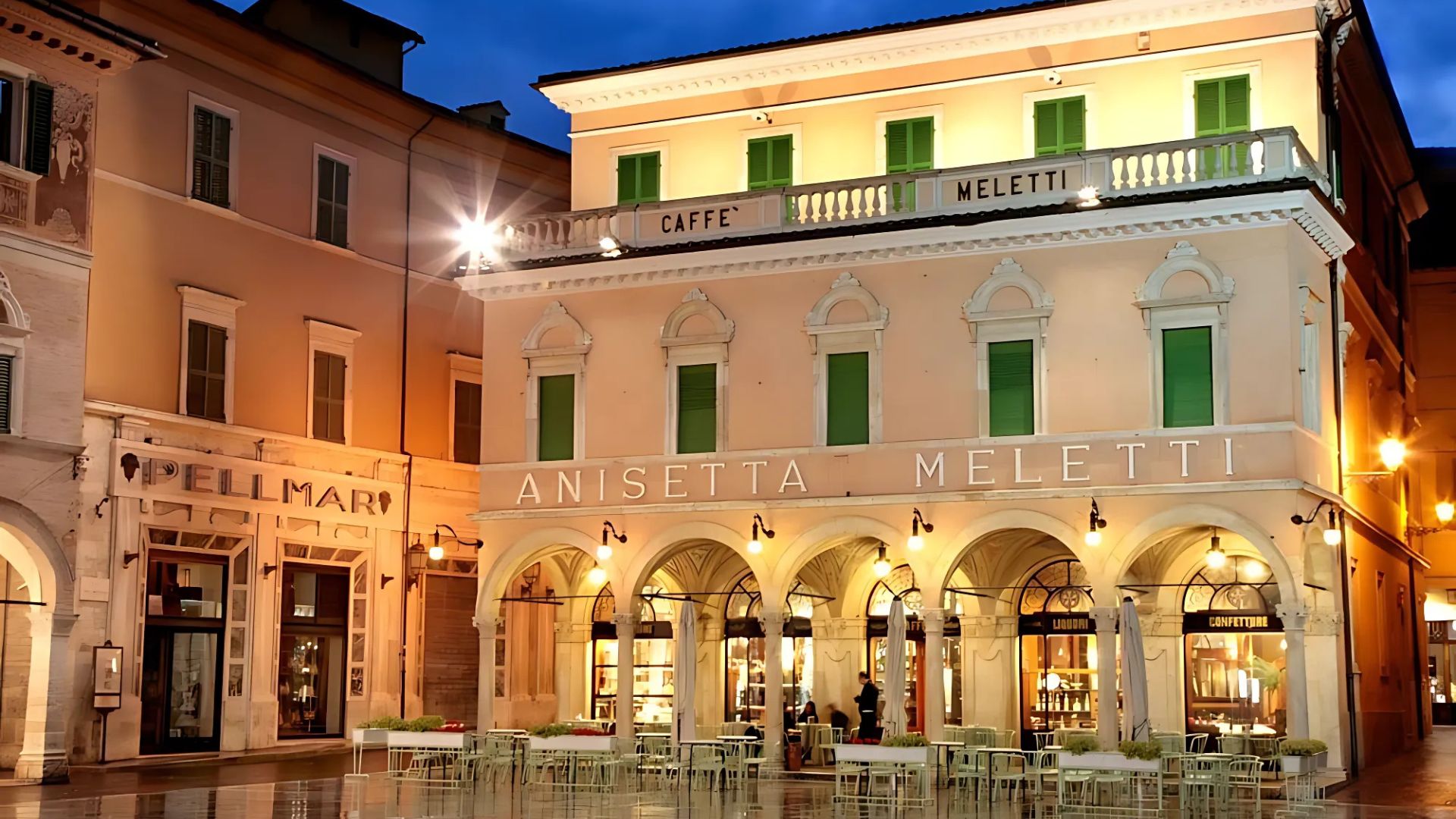
Outdoor Activities and Cultural Pursuits
Le Marche offers an incredible blend of outdoor adventures and cultural experiences that will satisfy both nature lovers and history buffs. From cycling through picturesque landscapes to attending vibrant local festivals, there’s something for everyone in this hidden Italian gem.
Cycling Adventures: From Coastal Routes to Hilly Terrains
I’ve found cycling to be one of the best ways to explore Le Marche’s diverse landscapes. The coastal routes along the Adriatic Sea provide gentle, breathtaking rides with sea views that are perfect for casual cyclists.
For more adventurous riders, the rolling hills around Jesi offer challenging climbs and rewarding panoramas. I particularly enjoyed cycling through the countryside near Mondavio. Medieval villages perch on hilltops surrounded by vineyards and olive groves.
The area around San Ginesio boasts some of my favorite routes, with paths winding through the Sibillini Mountains. Local bike rental shops in most towns provide quality equipment. Many accommodations like Le Marche Villa cater specifically to cyclists with repair facilities and guided tour options.
The Rich Tapestry of Festivals and Events
I’ve timed my visits to experience Le Marche’s vibrant festival scene that celebrates everything from history to harvests. The Sferisterio Opera Festival in Macerata is a magical summer experience where world-class performances take place in a stunning neoclassical arena.
Fermo hosts a delightful palio horse race in August, complete with medieval costumes and pageantry. In Tolentino, the historical reenactments bring the region’s past to life with impressive authenticity.
Food festivals are abundant year-round:
- Spring: Truffle festivals in various villages
- Summer: Seafood celebrations along the coast
- Fall: Wine and olive oil harvests in rural communities
Some communities also still thrive on the traditional sport of pallone col bracciale. It offers visitors a glimpse into a unique cultural tradition nearly forgotten elsewhere in Italy.
The Path of History: Ancient Roman Ruins and Fortresses
Walking among Le Marche’s ancient sites makes history feel incredibly tangible.
The Roman ruins at Urbisaglia showcase impressive amphitheaters and thermal baths that rival more famous sites without the crowds.
Near Genga, I explored the magnificent Frasassi Caves before visiting nearby archaeological sites.
The fortress at San Leo perches dramatically on a rocky outcrop. It offers both historical significance and breathtaking views of the surrounding countryside.
Don’t miss the archaeological museum in Ancona with its extensive collection of Piceni artifacts.
Many sites offer guided tours that bring the region’s rich history to life.
The well-preserved medieval center of Tolentino contains beautiful churches and palazzos, making it perfect for historical walking tours.
Most impressive is how seamlessly these historical treasures blend into daily life throughout Le Marche.
